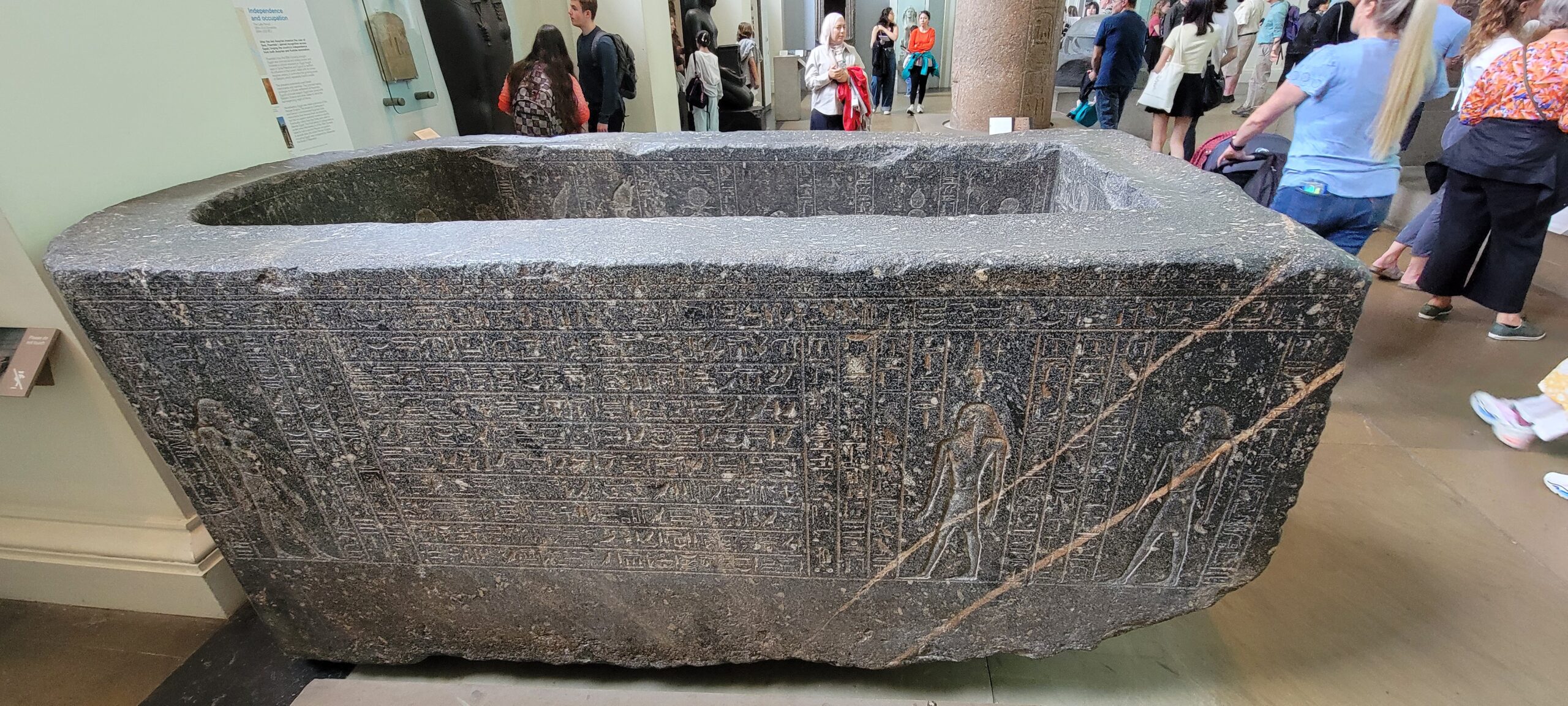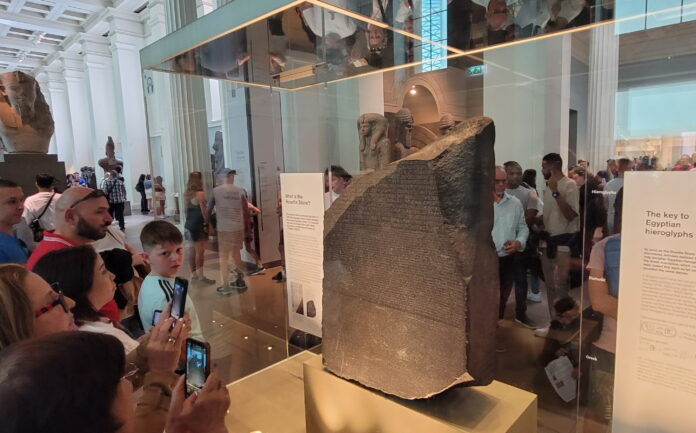The British Museum, located in London, is one of the most renowned and oldest museums in the world. Established in 1753, it was the first national public museum, opening its doors to the public in 1759. The museum boasts an extensive collection of over 8 million works dedicated to human history, art, and culture. Here are some interesting facts and incidents about the British Museum:
- First National Public Museum: The British Museum, established in 1753, was the first national public museum in the world. It was founded with the collections of the physician and scientist Sir Hans Sloane.
- Massive Collection: The museum houses over 8 million objects, making it one of the largest and most comprehensive collections in existence. Its artifacts span two million years of history.

- The Rosetta Stone: One of the most famous artifacts in the museum is the Rosetta Stone. Discovered in 1799, it provided the key to deciphering Egyptian hieroglyphs.
- The Elgin Marbles: These are a collection of classical Greek marble sculptures that were originally part of the Parthenon in Athens. They were brought to Britain by Lord Elgin in the early 19th century and have been a subject of international controversy and calls for repatriation.
- The Great Court: The Queen Elizabeth II Great Court is the largest covered square in Europe. It was opened in 2000 and designed by the architect Sir Norman Foster.
- The Reading Room: The museum’s Reading Room has been used by many famous scholars and writers, including Karl Marx, Mahatma Gandhi, and George Bernard Shaw. It served as the main reading room for the British Library until 1997.
- First Public Exhibit: The first exhibition in the museum was a display of the natural history collection, which included preserved animals, plants, and minerals.
- The Sutton Hoo Treasure: The museum houses the treasures of Sutton Hoo, one of the most important Anglo-Saxon archaeological finds in Britain. The collection includes a ship burial and numerous artifacts from the 7th century.
- The Mummy’s Curse: An incident involving the alleged curse of the “Unlucky Mummy” is a famous museum legend. The mummy’s case is said to have brought misfortune to many who encountered it, and some even link it to the sinking of the Titanic, as a passenger reportedly carried a photograph of it on the ship.
- The Lewis Chessmen: These 12th-century chess pieces, found on the Isle of Lewis in Scotland, are among the most iconic medieval artifacts. Made from walrus ivory, they are considered masterpieces of Norse art.
- The Controversial Hoards: The museum has been involved in several high-profile incidents related to hoarded treasures, including the return of the “Lydian Hoard” to Turkey in 1993 after it was proven to be looted.
- Raiders and Bombings: During World War II, the museum’s collection was moved to secure locations to protect it from bombings. Despite this, a bomb hit the museum in 1941, causing significant damage to the building and some of its contents.
- The Benin Bronzes: These artifacts from the Kingdom of Benin (modern-day Nigeria) are renowned for their artistry. The British Museum holds a significant collection of these bronzes, which were taken during the Benin Expedition of 1897, leading to ongoing debates about their restitution.
- Largest Egyptian Collection Outside Egypt: The British Museum boasts the largest collection of Egyptian antiquities outside Egypt, including mummies, statues, and the iconic bust of Ramesses II.
- Public Accessibility: Since its inception, the museum has been committed to being free to the public. It remains one of the most visited museums in the world, attracting millions of visitors annually.
